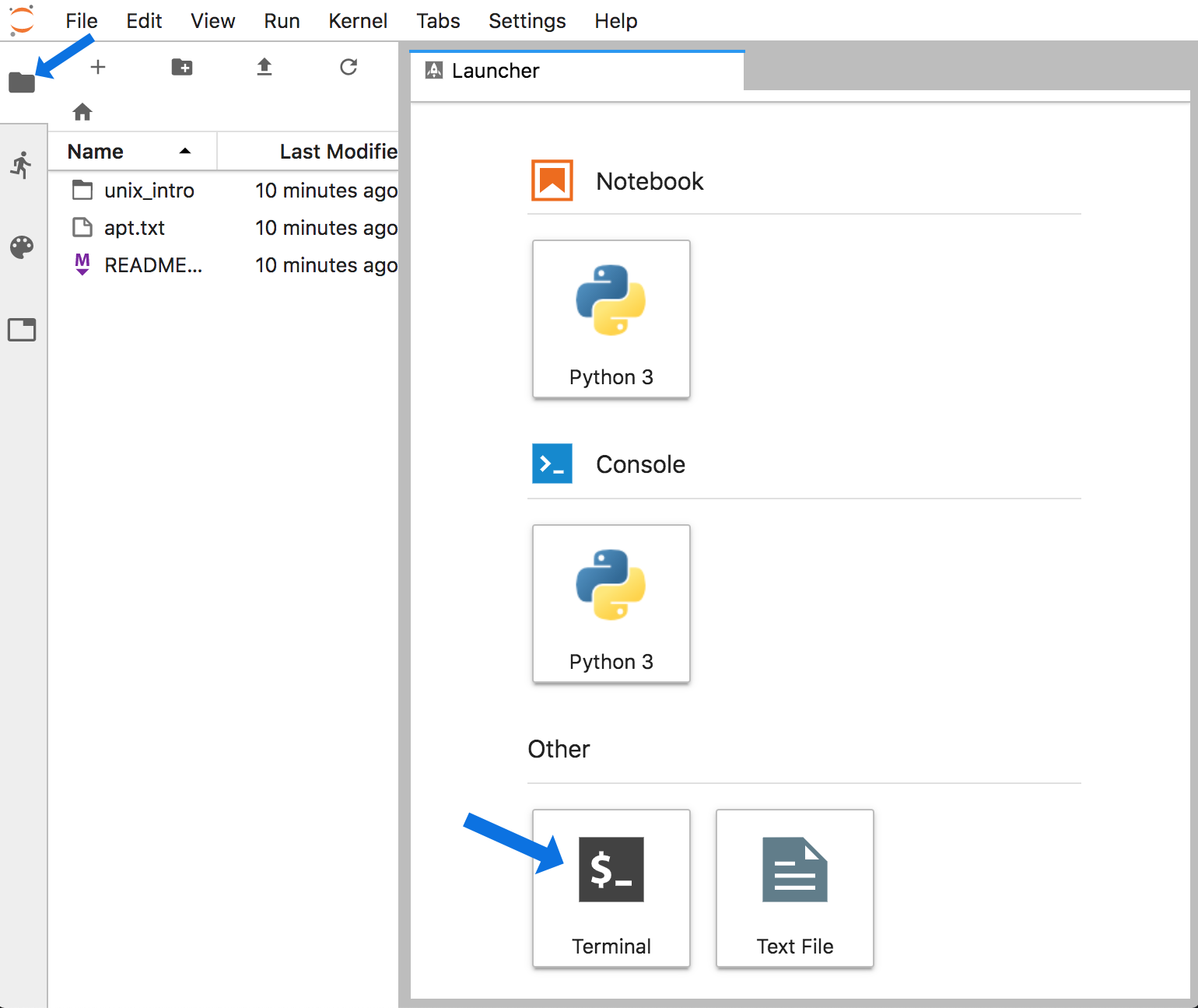
- #LINUX DATE NOW MINUS MINUTES HOW TO#
- #LINUX DATE NOW MINUS MINUTES FULL#
- #LINUX DATE NOW MINUS MINUTES PLUS#
I tried other dates as well because I thought maybe we had 7200 leap seconds on that day, who knows lol. Then subtracted 20:05 minutes.Īfter reading the man and info page of date, I thought I have it fixed with this: date -d "T00:00:00 - 5 hours - 20 minutes - 5 seconds"īut, same result. This results in 06:39:55 - It added 7 hours. Here is what I tried first: date -d " 00:00:00 - 5 hours - 20 minutes - 5 seconds" What I want to do is supply a date and time, and then subtract a time from that. Let us know your feedback.All the other questions on the SE network deal with scenarios where either the date is assumed to be now ( Q) or where only a date is specified ( Q).
#LINUX DATE NOW MINUS MINUTES HOW TO#
In this article, we have seen how to use bash date and time in Linux. # Find what is the date and time before 10 days from now.Įcho "Before 10 days = $(date -d "tomorrow -10 days")"Įcho "Last month = $(date -d "last month" "%B")"Įcho "Next month = $(date -d "next month" "%B")"Įcho "Last Year = $(date -d "last year" "+%Y")"Įcho "Next Year = $(date -d "next year" "+%Y")"Įcho "2 days away from today and it comes on weekdays? = $(date -d "Today +2 days" "+%A")Ĭheck Date Using Formatting Common OperationsĬalculate the number of days between 2 given dates. # Print yesterday's date and time.Įcho "Yesterday = $(date -d "Yesterday")" Let’s see some examples to understand how it works. With -date or -d flag input can be passed as string and date command knows to handle it smartly.

# can also use %r to display time in 12 hour format.Įcho "current time in 12 hour format = $(date +%r)"įind Time in Linux Using Script With –date or -d Flag # can also use %T which displays Time in HH:MM:SS format.Įcho "current time in 24 hour format = $(date +%T)" # PRINT HOURS, MINS, SECONDS, NANO SECONDSĮcho "current time = $(date +%H:%M:%S:%N)" Let’s take a look at how to use time related formatters in a simple shell script called ‘ time.sh‘. # Instead of formatting to get the date, we can use %D which will print the date as %m/%d/%y or %F which prints in %Y-%M-%d format.įind Date and Time using Script Handling Time in Linux
#LINUX DATE NOW MINUS MINUTES FULL#
# Difference between %A and %a is, %A will print full Weekday name while %a will print abbreviated weekday name. # Difference between %B and %b is, %B will print full month name while %b will print abbreviated month name.Įcho "Current Day of the month = $(date +%d)"Įcho "Current Day of the week = $(date +%A)"Įcho "Current Day of the week = $(date +%a)" # Difference between %Y and %y is %Y will print 4 digits while %y will print the last 2 digits of the year. Let’s take a look at how to use date related formatters in a simple shell script called ‘ date.sh‘.
#LINUX DATE NOW MINUS MINUTES PLUS#
To apply formatting, add plus sign (+) followed by %formatter as shown in examples. Now let’s apply some formatting on the date command. The two important parts of the date command is using Format +% and –date option.

Type date command in terminal which will display current date and time.

Date command is installed in all Linux distros by default. It also provides several formatting options. Date command is an external bash program that allows to set or display system date and time.


 0 kommentar(er)
0 kommentar(er)
